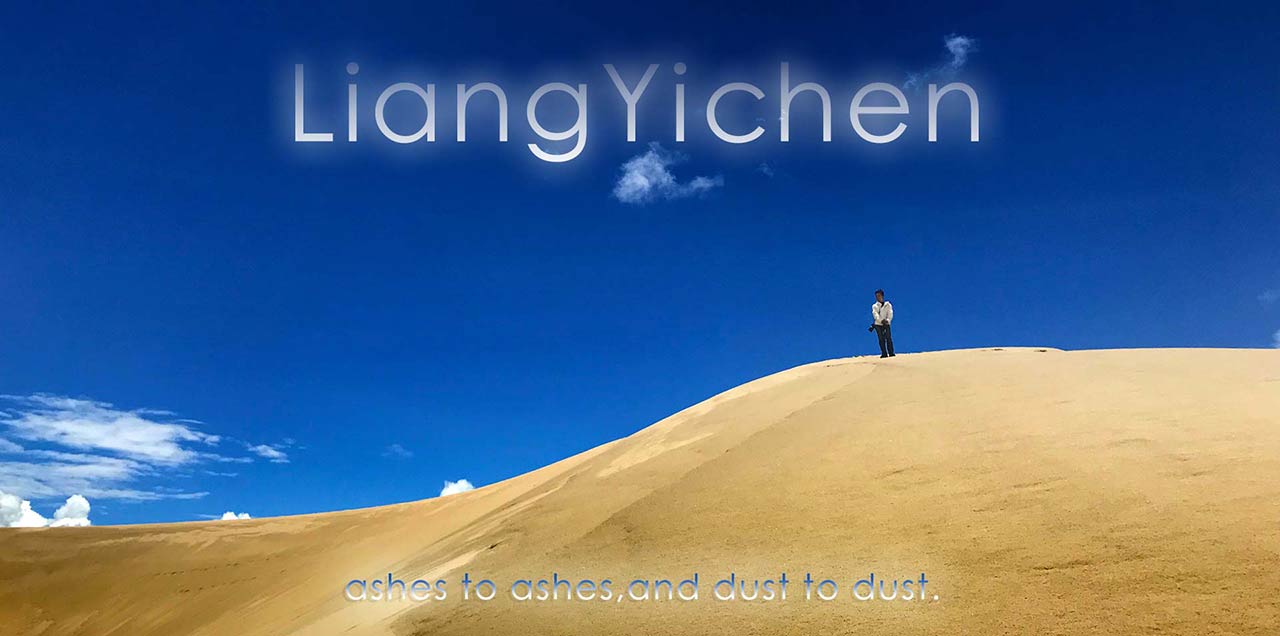

Photographic & Cinematograpic | Programing C# & Javascript | About
Sherpa is one of the major ethnic groups native to the most mountainous regions of Nepal, as well as certain areas of China, Bhutan, India, and the Himalayas. The term sherpa or sherwa derives from the Sherpa language words Shar ("east") and Wa ("people"), which refer to their geographical origin in Kham Salmogang of eastern Tibet.
Most young people work as porters.Sometimes they carry it by themselves, or with yaks and horses if lot of goods. The middle-aged person is engaged in a tour guide.
Woman and old man running inn at home, or working in the field.




or few people is monk in the monastery.







The Sherpa were nomadic people who first settled in the Solukhumbu District (Khumbu), Nepal. According to Sherpa oral history, four groups migrated from Kham in eastern Tibet to Solukhumbu at different times, giving rise to the four fundamental Sherpa clans: Minyagpa, Thimmi, Sertawa and Chawa.




These four groups gradually split into the more than 20 different clans that exist today. Mahayana Buddhism religious conflict may have contributed to the migration out of Tibet in the 13th and 14th centuries and arrived in Khumbu regions of Nepal. Sherpa migrants travelled through Central Tibet and Tsang, before crossing the Himalaya.



By the 1400s, Khumbu Sherpa people attained autonomy within the newly formed Nepali state. In 1976, Khumbu became a national park, and tourism became a major economic force.




Sherpa migrated from Tibet to Nepal approximately 600 years ago, initially through Rongshar to the west and then later through the Nangpa La pass. It is presumed that the group of people from the Kham region, east of Tibet, was called "Shyar Khamba" (People who came from eastern Kham), and the place where they settled was called "Shyar Khumbu".




As the time passed, the "Shyar Khamba," inhabitants of Shyar Khumbu, were called Sherpa.Since ancient times, Sherpas, like other indigenous Kirat Nepalese tribes, would move from one place to another place within the Himalayan region surviving as Alpine pastoralists and traders.




Many Sherpa are highly regarded as elite mountaineers and experts in their local area. They were immeasurably valuable to early explorers of the Himalayan region, serving as guides at the extreme altitudes of the peaks and passes in the region, particularly for expeditions to climb Mount Everest. Today, the term is often used by foreigners to refer to almost any guide or climbing supporter hired for mountaineering expeditions in the Himalayas, regardless of their ethnicity.




Sherpas are renowned in the international climbing and mountaineering community for their hardiness, expertise, and experience at very high altitudes. It has been speculated that part of the Sherpas' climbing ability is the result of a genetic adaptation to living in high altitudes. Some of these adaptations include unique hemoglobin-binding capacity and doubled nitric oxide production.



According to oral Buddhist traditions, the initial Tibetan migration was a search for a beyul (Buddhist pure-lands). Sherpa practise the Nyingmapa, the "Ancient" school of Buddhism. Allegedly the oldest Buddhist sect in Tibet, founded by Padmasambhava (commonly known as Guru Rinpoche) during the 8th century, it emphasizes mysticism and the incorporation of local deities shared by the pre-Buddhist Bon religion, which has shamanic elements.



In addition to Buddha and the great Buddhist divinities, the Sherpa also believe in numerous deities and demons who inhabit every mountain, cave, and forest. These have to be respected or appeased through ancient practices woven into the fabric of Buddhist ritual life. Many of the great Himalayan mountains are considered sacred. The Sherpa call Mount Everest Chomolungma and respect it as the "Mother of the World." Mount Makalu is respected as the deity Shankar (Shiva). Each clan reveres certain mountain peaks and their protective deities.





Mani Rimdu Festival is celebrated at Tengboche, Thame and Chiwong Monasteries of Solukhumbu Nepal. This is a sacred ceremonies and series of events of empowerment. It is a sequence of nineteen days celebration, which concludes with three days public festival. Sherpa get time to gather and celebrate this festival with monastic community. Lamas and Sherpa gather at the monastery for five days for the welfare of the world.



Today, the day-to-day Sherpa religious affairs are presided over by lamas (Buddhist spiritual leaders) and other religious practitioners living in the villages. The village lama who presides over ceremonies and rituals can be a celibate monk or a married householder.




An important aspect of Sherpa religion is the temple or gompa. A gompa is the prayer hall for either villages or monasteries. There numerous gompas and about two dozen monasteries scattered throughout the Solukhumbu region. The monasteries are communities of lamas or monks (sometimes of nuns) who take a vow of celibacy and lead a life of isolation searching for truth and religious enlightenment. They are respected by and supported by the community at large. Their contact with the outside world is focused on monastery practices and annual festivals to which the public is invited, as well as the reading of sacred texts at funerals.
sub text from the wikipedia